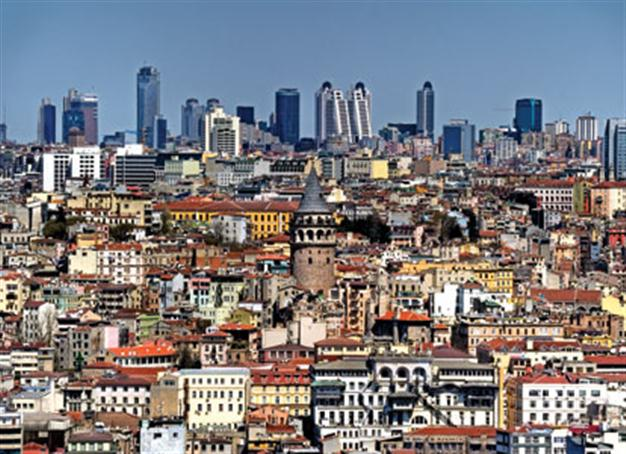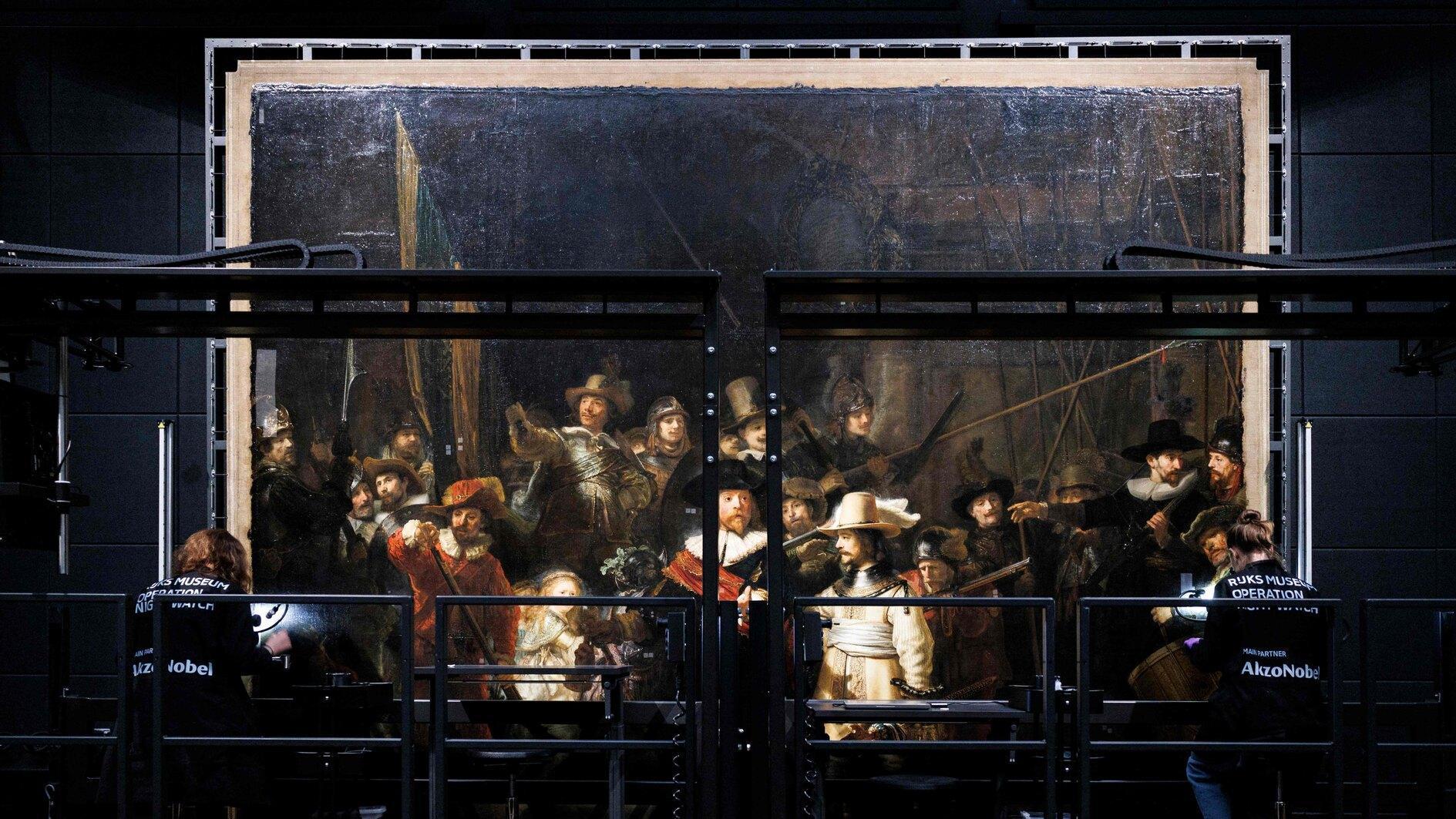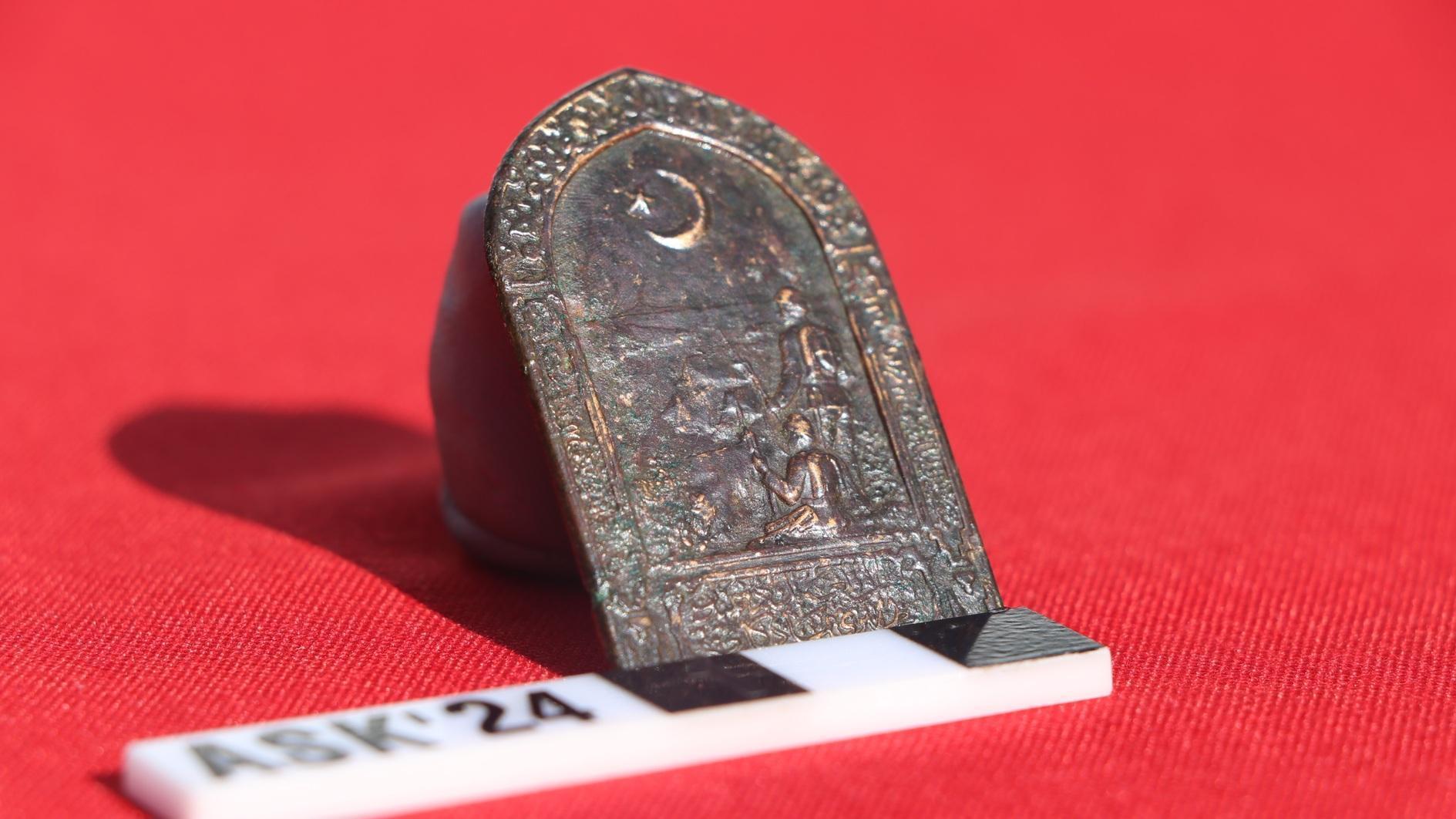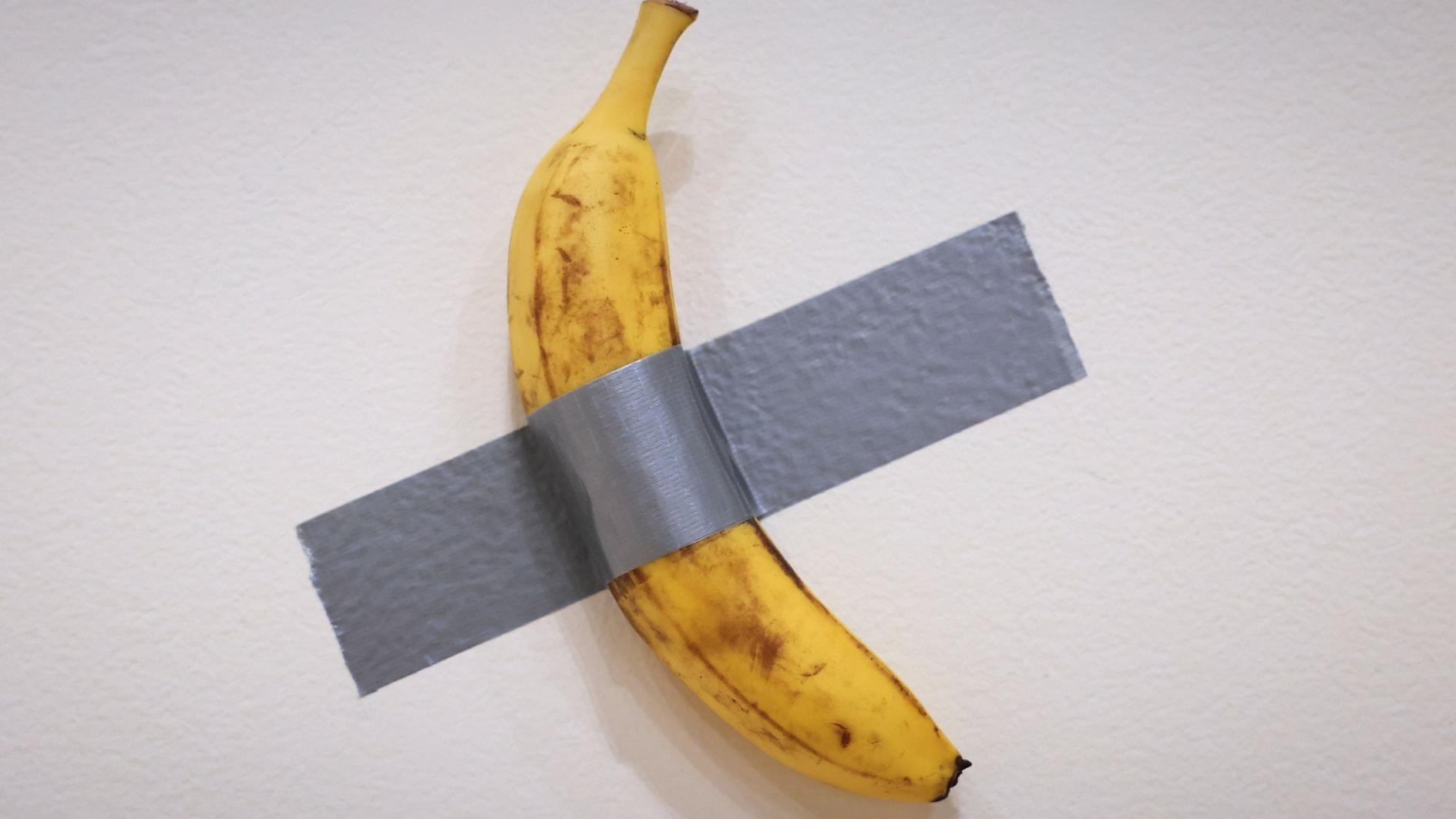Artists take on Istanbul’s urbanization
ISTANBUL- Hürriyet Daily News

he urbanization and its effects to the city can be seen in everypart of the city. Artists focus on the difficulties and the effects f the consequences of urbanization. Rıfat Şahiner, Tayfun Serttaş and Ali Taptık are among those artists who can refletc the effects of urbanization in their works.
Istanbul experiences a period of massive urbanization. While the goal of new development is to ameliorate the quality of life, urbanization brings hardships. The subject is now the focus of many artists in their works
Istanbul is witnessing a construction boom that has gladdened those in the real estate sector but many others have been left out in the rush to gentrify the city. Now, this feeling of alienation is providing inspiration to a number of artists seeking to question this urbanization.
“When I think about the urbanization dynamic of Istanbul, I should speak about a city that has been ever-developing and expanding for 2,000 years,” Tayfun Serttaş, a contemporary artist, writer and researcher on urbanization issues, recently told the Hürriyet Daily News. Serttaş is an artist who is well aware of the destruction, heritage and history of Istanbul. Because of this, he usually focuses on urbanization issues in his art works.
In his art work “Notalgia, I left,” Serttaş hangs T-shirts with a clothesline between two different apartments. “Because of gentrification, it is forbidden to hang clothing between apartments in Istanbul,” he said.
The project was made on Serdar-ı Ekrem Street in Istanbul. “This is a street that has been experiencing gentrification [but used to] welcome migrants. The streets where you can see clotheslines hanging outside windows are the places which have welcomed many migrants,” Serttaş said.
Serttaş said he was the last person to hang clothes on the street and added that he wrote “I LEFT” on the shirts to symbolize how all the others who used to hang their laundry out to dry had vacated the area.
“Istanbul is a city where people who want to live in it cannot live as they always wanted to. And that’s what makes the city,” he said.
According to Rıfat Şahiner, an artist and scholar who mainly focuses on urbanization issues, the pattern of consumption reflects the city’s dynamics.
“It’s not just the museums, shops, exhibitions … all parts of the city are represented as an object of consumption to people. This is what Istanbul is like,” Şahiner told the Daily News.
The biennials, large museum projects and festivals are part of the urban transformation period, Şahiner said.
As an artist, Şahiner focuses on such issues and reflects the processes of migration and urbanization in Istanbul in his works.
Şahiner’s work “un-settlement” suggests how a city is an unsettled “venue” for its locals and immigrants and borrows from the work “Capitalism and Schizophrenia,” by celebrated French philosophers Gilles Deleuze and Félix Guattari. One of the French pair’s ideas was that of the process of “deterritorialization,” whereby unsettlement destroys cultural associations leaving a gap that only the capitalist system can fill. Another artist who occasionally focuses on urbanization issues is Ali Taptık. As an artist, Taptık likes to showcase the city and the individual in the urban context through his photographs.
“Although I have no artistic project focusing on urban redevelopment/regeneration, I have lots of pictures from urban regeneration areas in my projects,” he told the Daily News.
Trained as an architect, Taptık has certain desires to document the transformation of the city as an organism.
“I deploy some of these images along with others that are off-topic to create a narrative – or a sort of visual fiction. [Urbanization is] a part of my work, but just a part of it. I find works that are just a direct critique of urban redevelopment mostly shallow, as this doesn’t actually help anything,” Taptık said.
Istanbul is not a city where urbanization is controllable as in many other rapidly growing cities, said Taptık. “What makes it more interesting is that it changes and redefines itself completely as it did many times before. One should look at the peripheralization during the 19th century. So this will happen again, history is mere repetition.”
Street art
Istanbul is also a city that contains many works of art in the streets. As an example of this, a work by Sevil Tunaboylu at Tatar Bey Sok. No. 11, Galata, Istanbul, proves that the city is full of surprises.
Tunaboylu’s installation is revolutionary as it brings art to the streets and makes criticisms. For her work, Tunaboylu put arms from models on damaged walls.
“I made that work for the Soft City exhibition. As far as I’ve heard, that work is still there and protected by the shop owners and locals who live there,” she told the Daily News.
What she has experienced may be a good example of the urbanization and the ties between artistic approaches. The street is still there, and the art installation on the damaged wall creates an aesthetic area in the middle of the city.
















